UNDERSTANDING THE CRITICAL ROLE OF MACRO MINERAL SUPPLEMENTATION FOR THE TRANSITIONING DAIRY COW

Transitioning dairy cows experience heightened metabolic activity and nutrient demands, making adequate mineral supplementation imperative for supporting their health and performance. You know your springers need a correctly balanced combination of calcium, phosphorus, sodium, and magnesium supplementation during this time, and that the exact requirements will be very much affected by the makeup of the […]
HOW TRACE ELEMENTS IMPACT REPRODUCTIVE PERFORMANCE
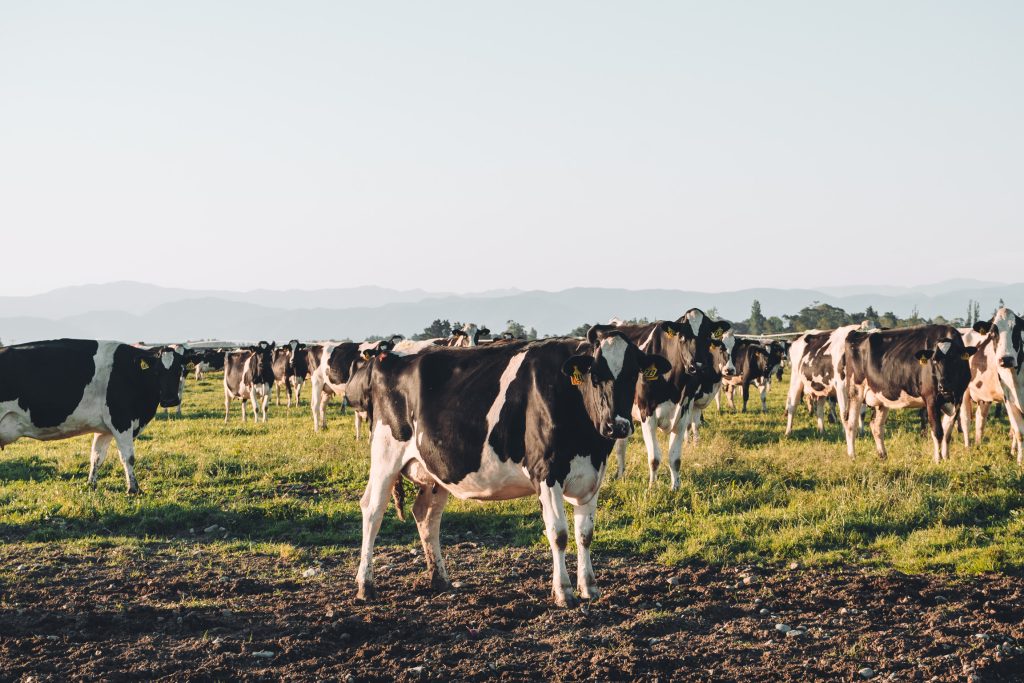
How trace elements impact reproductive performance It’s widely understood that mineral supplementation plays an important role in mating and pregnancy success, and a lot of research has shown the key trace elements involved to be cobalt, copper, iron, manganese, selenium, and zinc. But how do these trace elements interact within the body to culminate […]
MINERAL SUPPLEMENTATION FOR SUCCESSFUL AUTUMN TRANSITION
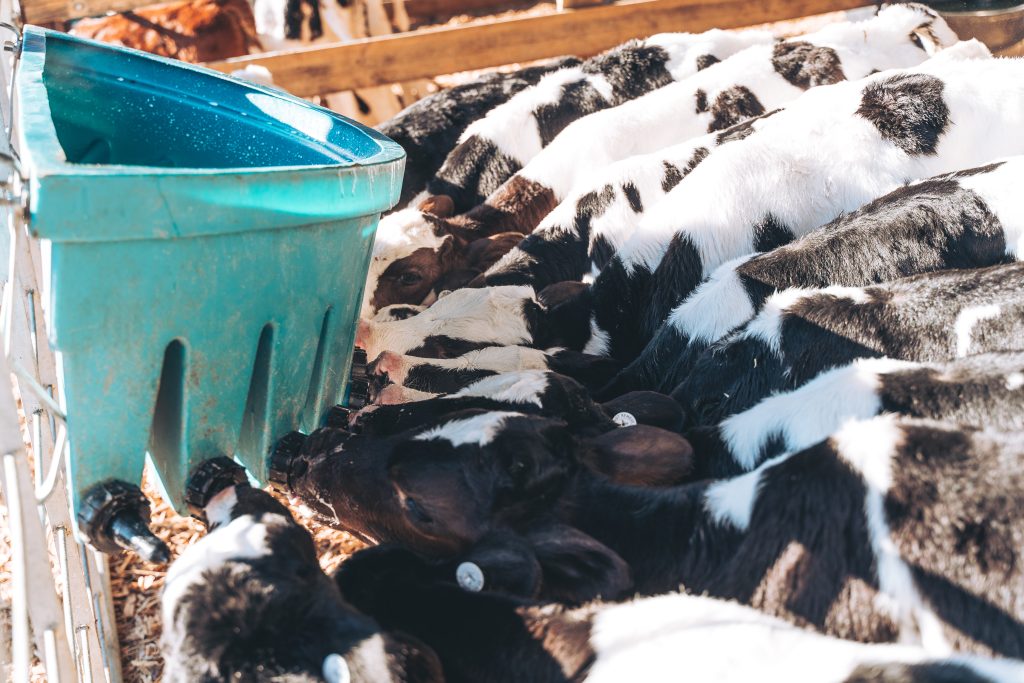
The transition period, whether in autumn or spring, is the single most stressful period a cow will experience each year. Having a solid plan in place to ensure your mob has transitioned well will pay dividends throughout the season in milk production, reproduction, immunity and animal health. Supporting your autumn-calvers throughout the transition period The […]
WHAT’S SUBCLINICAL FACIAL ECZEMA COSTING YOU?
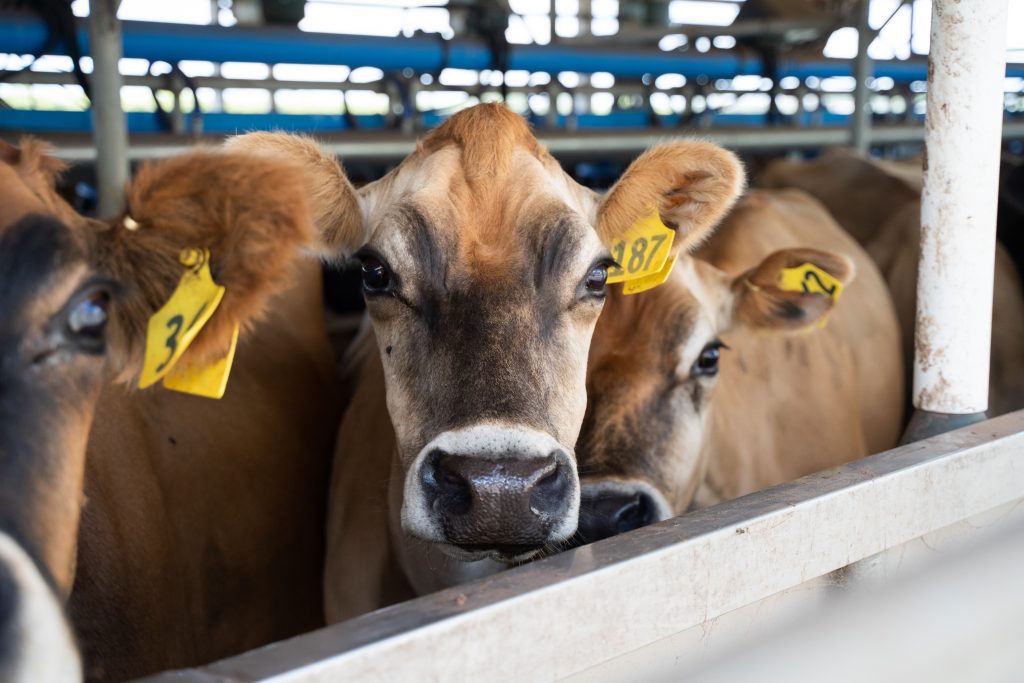
Taking a proactive stance in facial eczema management is your best defence against this devastating disease. While every dairy farmer is aware of clinical facial eczema and the potential for harm, there’s a general lack of awareness of the prevalence of subclinical facial eczema, and the harm this does to herd and farm productivity. Understanding […]
MANAGING TRACE MINERAL LEVELS IN DAIRY GOATS
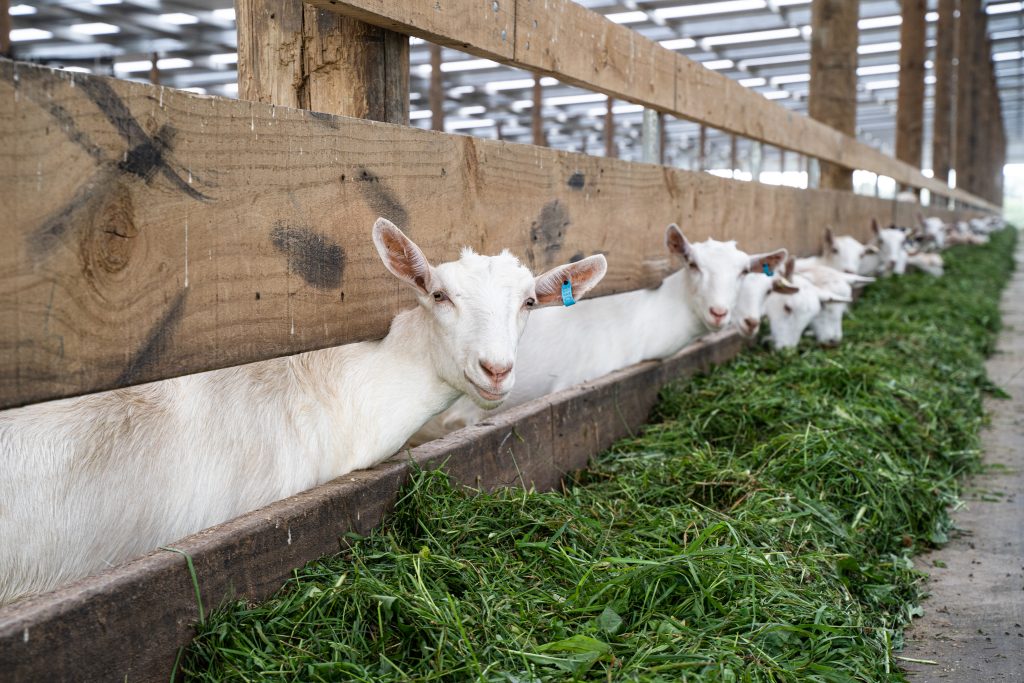
Managing trace mineral levels in dairy goats As high-performance ruminants, dairy goats need specialised nutrition to have them functioning at their best. When it comes to trace mineral levels – specifically copper, zinc, selenium, iodine, and cobalt – goats have very specific requirements that differ from cattle and sheep. Managing these is crucial for optimum […]
PROTECTING AGAINST FACIAL ECZEMA WITH ZINC

Facial eczema, both clinical (symptomatic) and subclinical (non-symptomatic), is a major cause of production loss in dairy herds throughout New Zealand. Subclinical cases are thought to be 10x higher than clinical cases within the herd, which means many farmers don’t realise facial eczema is a problem until it’s too late. Facial eczema is caused by […]
MINERAL DEFICIENCIES IN SPRING PASTURE

Spring brings heavy demands for our dairy cows, with calving, peak milk, and successful mating all crucial milestones for a profitable season, and all in a climate that is becoming increasingly volatile each year. In an ideal world, our dairy herds would have access to ample amounts of high-quality pasture containing sufficient nutrients, vitamins, and […]
COW AND CALF NUTRITION INEXTRICABLY LINKED
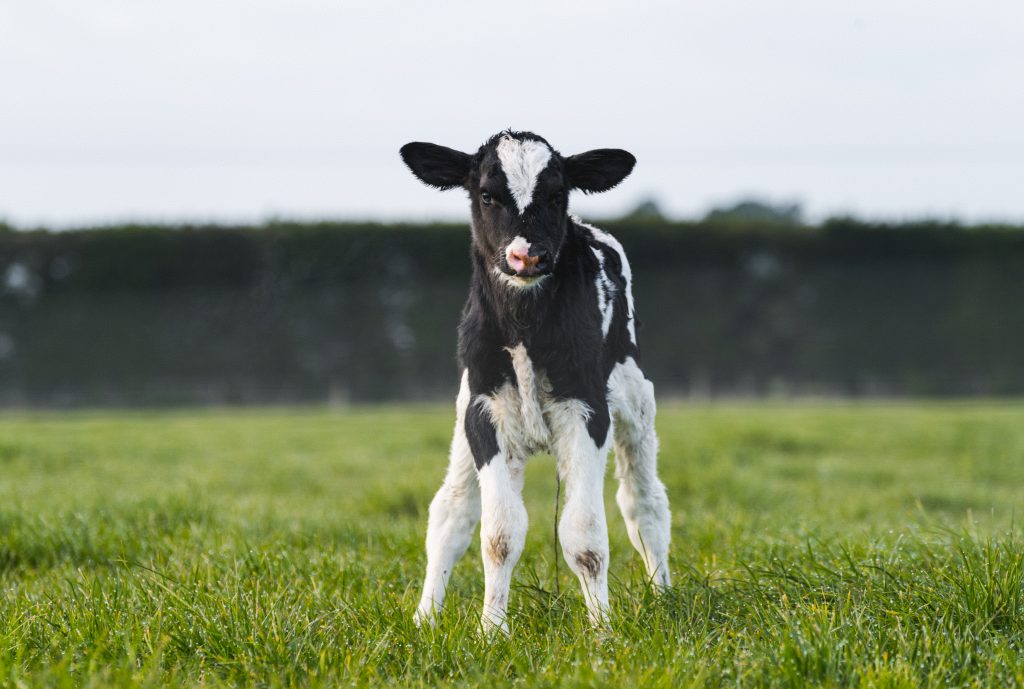
The lead up to another calving period means the next few weeks offer an opportunity to meet the nutritional demands of your cows. Good nutrition ensures optimum levels of productivity for the cow during the coming lactation, and early nutrition for the calf during the final weeks of gestation and the first weeks of life […]
EARLY LACTATION A STRESSFUL TIME FOR COWS

Early lactation, spanning both calving and mating, is a stressful time for cows as energy demand is very high at a time when cows may struggle to eat enough to supply that demand. It is critical to ensure optimal rumen performance is achieved to meet the energy needs for production and reproduction, while at the […]
SUPPORTING COW AND CALF HEALTH FOR OPTIMUM PRODUCTIVITY

The arrival of another busy calving period means the next few weeks represent a critical time for cows and calves alike. Both need the best nutritional support possible to meet upcoming milestones successfully and ensure optimum levels of productivity throughout the seasons. Supporting your cows’ productivity Energy demands for cows are at an all time […]
